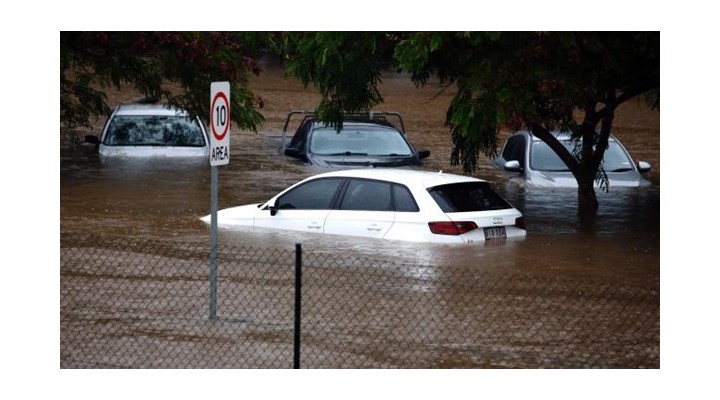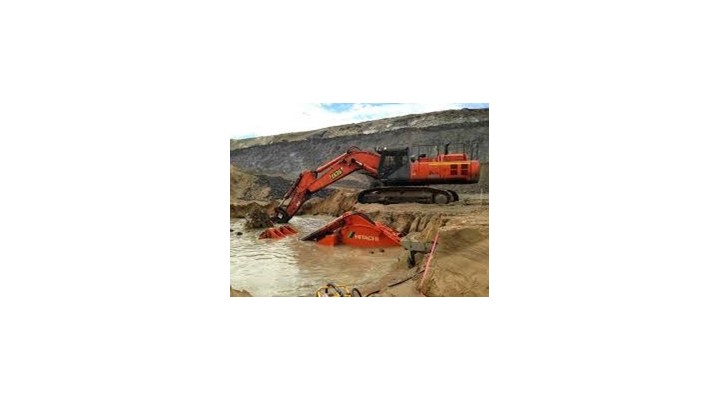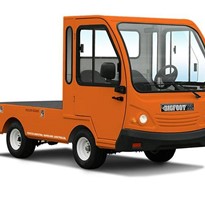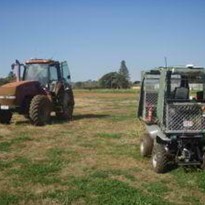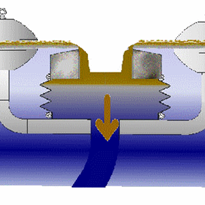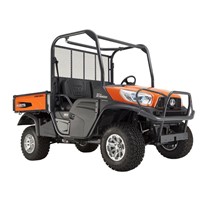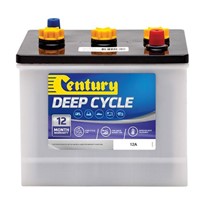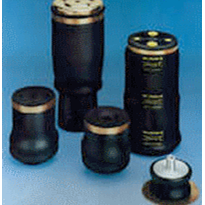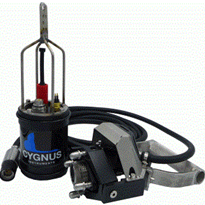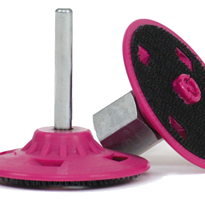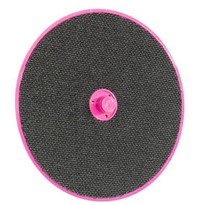The sooner you can get the equipment back into service the better the chance of avoiding serious mechanical damage. Here are the basic “how to” instructions.
For water flooded diesel engines, do this:
Step 1. Act as soon as possible. The sooner you can get your engine back into service the better the chance of avoiding major mechanical damage.
Step 2. If the engine wasn’t operating at the time of flooding, the diesel injection pumps and injectors should still have clean, uncontaminated diesel in them, so don’t start the engines until the fuel system is checked. Drain off all water (if any) from fuel tanks. Replace the diesel if water contamination is severe. To ensure that fuel pumps and injectors are protected, add CRD Fuel Enhancer to the diesel.(NOTE: For petrol engines use Cleanpower instead of CRD Fuel Enhancer) This hydrophobic (water shedding) corrosion protector will protect the fuel injection equipment from rusting and corrosion.
If the engine was running with contaminated fuel, purge the fuel system with the freshly treated diesel.
Step 3. Drain the engine oil and change filters.
Step 4. Recharge with oil, and add Flushing Oil Concentrate at the rate 1:80 to the oil. This will disperse and dissolve oil/water sludges. In addition, existing corrosion needs to be stopped ASAP, and additional protection is required to deal with any surface rust and deposits. Add AW10 Antiwear at 1:50 to the oil.
Step 5. Remove any water from air intake systems and exhaust.
Step 6. Check for presence of water inside cylinders. (Rotate by hand to test for hydraulic lock up). Remove injectors and crank engine over to eject any water from cylinders.
Step 7. Run the engine at a high idle, parked up for 1 hour as you’re starting from cold.
Step 8. Drain oil and change filter again. Replenish with new oil and add AW10 Antiwear at 1:50.
Step 9. Monitor closely.
For transmissions, diffs, final drives and hydraulic type components:
Step 1. Drain oil from all affected lubricated components. Observe how much water was present in each. Change filters.
Step 2. If the amount of water is negligible, recharge with clean oil. However, there will be some degree of existing corrosion (even from condensation) that needs to be stopped ASAP, and additional protection is required to deal with this surface rust and deposits. AW10 Antiwear will provide the hydrophobic coating and superior lubrication to do this. Add to the oil at 1:50.
Step 2/3 (Alternative). If the amount of water is significant for any component, further cleaning and protection will be required. Recharge with oil, and add Flushing Oil Concentrate at the rate 1:80 to the oil. This will disperse and dissolve oil/water sludges. At the same time, existing corrosion needs to be stopped ASAP, and additional protection is required to deal with any surface rust and deposits. Add AW10 Antiwear at 1:50 to the oil.
Step 4. Operate machinery as soon as you can, for at least an hour. This will be sufficient time for the Flushing Oil Concentrate to clean up sludge residues, and the AW10 to displace moisture and apply the desperately needed corrosion & rust protection.
Step 5. Where Flushing Oil Concentrate has been needed, the oil should now be changed again to remove contaminants. Another dose of AW10 Antiwear is recommended for the next full service period.
Step 6. Monitor closely


